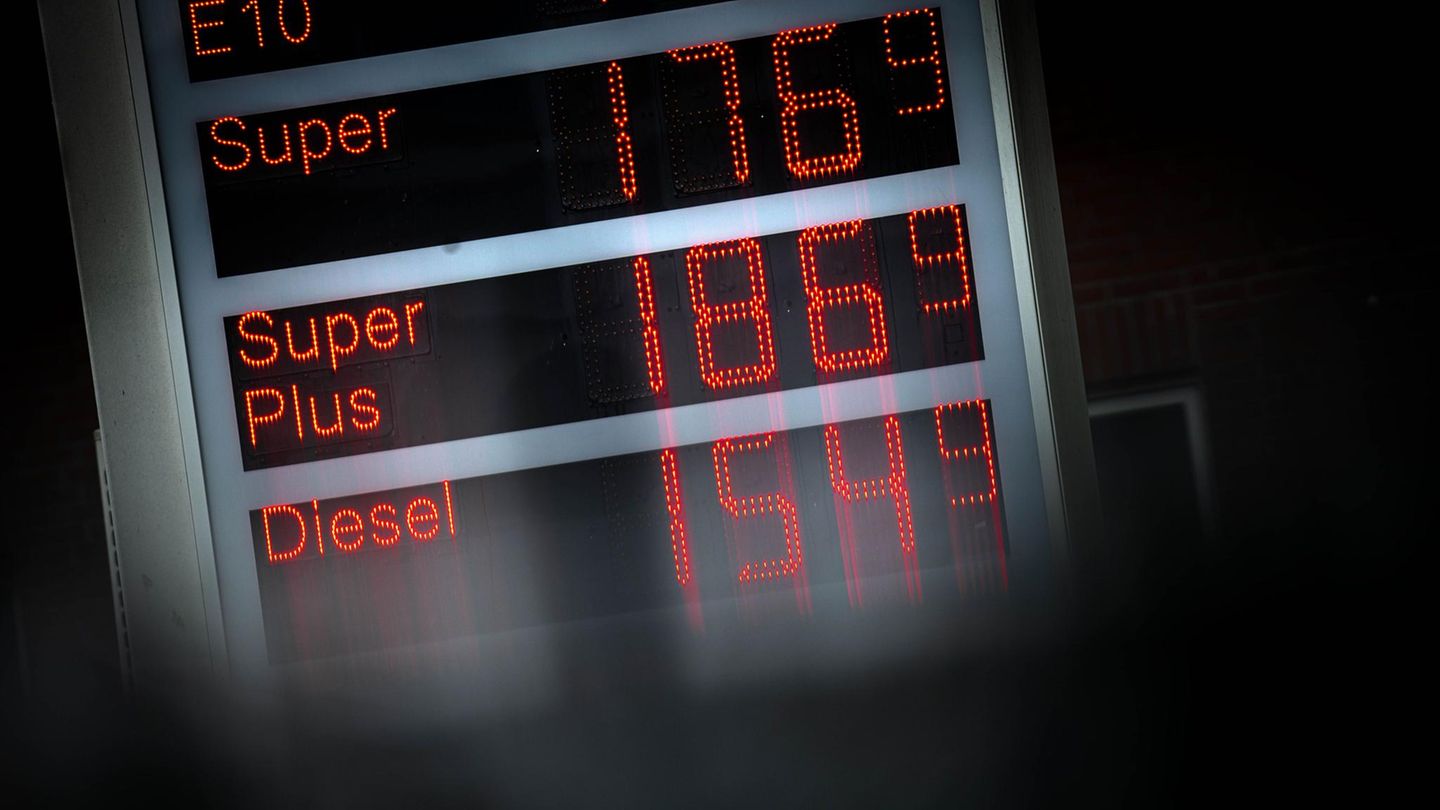The economy Uruguay started the year 2024 with some signs of improvement, although there are differences according to the sectors. The excess rains are complicating the situation in the countryside, a sector that – despite this – is expected to contribute to the recovery of activity compared to last year, when the blow came from the drought. The impact is particularly on grain production and also on horticulture, with shortages of some products and the resulting rise in prices. In addition, there are complications in several locations due to flooding.
In it tradeFor its part, the data are positive, in line with the evolution of the household incomewhich rose compared to 2023. But the evolution of trade in Uruguay It also depends – especially in recent times – on the price relationships with Argentina. The neighboring economy is going through a very strong fiscal adjustmentpromoted by the new government, with implications in the activity and in the exchange market.
After the revaluation decided by the government of Javier Mileihe official dollar jumped almost 100%. But dollar parallel -the one that matters for Uruguay– remained more stable than expected. At the same time, the jump in the official dollar generated a sharp rise in prices, which were already on the rise. Now the inflation is beginning to give way, but when looking at price levels in absolute terms, the increase has been astronomical. The Argentine government speaks of “honesty” of prices, especially energy; and it is true: the previous values were ridiculous and are trending towards more reasonable levels, but the blow to consumers’ pockets is very hard.
For Uruguay what matters is the retail price evolution in dollars according to the parallel dollar, which is the one that Uruguayans use when they cross the pond. There it is observed that while the inflation of the last year – that is, the increase in the CPI in 12 months – was 289%, in the same period the parallel dollar (or free dollar, as it is called now) rose much less, around at 160%. From which it follows that the prices in dollars in Argentina, at the free exchange rate, have had a strong increase, of around 50%. Of course, the CPI basket is a general average of the economy and there are sectors that have very diverse behavior. But in general terms, it is quite clear that – for Uruguayans – Argentina has become more expensive compared to what the scenario was a year ago. This does not mean that the price of some goods and services in Argentina is even cheaper (in some cases very cheap). Comments, surveys, trends show that certain services (culture, restaurants, etc.) are still clearly attractive in Argentina; other services and products, not so much anymore. In fact, Argentina is importing significant volumes of some products in which it should clearly be competitive (baked goods, dairy products), which would be explained more by exchange rate effects; This also reflects that the situation is far from stabilizing.
The change in relative prices with Argentina is being perceived by Uruguayan merchants, especially in some categories such as pharmacy and clothing. According to the Survey of the National Chamber of Commerce and Services Corresponding to the first quarter of the year, retail sales improved 4.1% real year-on-year compared to the same period last year. And a good part of the merchants attribute the improvement to the aforementioned change in the prices relative with Argentina.
In recent days, however, the free dollar in Argentina had a new push and went from the axis of 1,000 pesos in which it moved for several weeks, to the current 1,200 or something more. Several analysts attribute this increase to the decrease in the interest rate that the Argentine Central Bank (BCRA), to the extent that monthly inflation has been decreasing. Indeed, it seems clear that Argentina is in a process of exchange rate normalization that -eventually- could go towards removal of the trap. But for that, inflation must first be stabilized at a lower level and that is still not clear.
Argentina exchange gap.jpg
The Milei government argues that the anchor of its economic strategy is the elimination of fiscal deficit, which lowers inflation at its foundation. But that, obviously, is generating a very strong recession. According to him Monthly Economic Activity Estimator (EMAE) Calculated by the BCRA, Argentine economic activity in March was 8.4% lower than that of the same month last year. A recession very strong from which – for now – there is no way out. The Government is optimistic that there will be a V-shaped rebound, but there are many skeptics who fear a longer recession. And it is possible that this uncertainty about the progress of the economy is also being reflected in the exchange market.
Argentina Economic Activity.jpg

For Uruguay, the fate of the neighboring country is very relevant, not only in terms of exchange rates but also in the activity itself. For example, for many years our country had very high income from tourism that arrived from Argentina every year; That fell sharply and there is no sign of rapid improvement. The other channel of influence of Argentina in Uruguay is the capital investment. An interesting dynamic is maintained there, although the rise in prices in Uruguayan dollars has moderated the inflow of capital, particularly for new construction projects. But in the short term, surely the most relevant thing is the exchange rate impact on trade. For now, the neighbors give a break. We’ll see how long.
Source: Ambito




